
Acer Crimson King Iron Acton Garden Centre
Introduction. 'Crimson King' Norway maple grows to a height of 35 to 45 feet spreading about 25 to 30 feet and is quite popular for its purple-green foliage throughout the summer. Leaves turn brown, dark maroon or bronze in the fall before dropping. The oval to rounded crown fills with maroon-yellow flowers in the spring.

Acer Platanoides Crimson King Kinbark Products Ltd
The Crimson King Maple, or Acer platanoides 'Crimson King', started as a seedling in Europe in the 1930s. Fast forward twenty years, and it made its way to the USA, where it became widely popular for its ornamental beauty. Pros: Cons: Spectacular Foliage: Messiness and Invasiveness:

Acer platanoides 'Crimson King' Urban Jungle
Acer platanoides 'Crimson King'. A medium-sized tree to 15 m tall. The crown is wide conical to oval. In maturity strongly akin to 'Crimson Sentry', but especially when juvenile it has a wider crown. 'Crimson King' also grows much more vigorously. The leaf is shiny dark red.

Acer platanoides Crimson King Purple Norway Maple Tree
Scientific name: Acer platanoides 'Crimson King'. A native of Europe, Norway maple is now one of the most widely planted urban shade trees in the entire United States. Crimson King is considered a medium-sized deciduous shade tree typically growing 40-50' tall with a dense, symmetrical, rounded crown. It has very large leaves (up to 7.
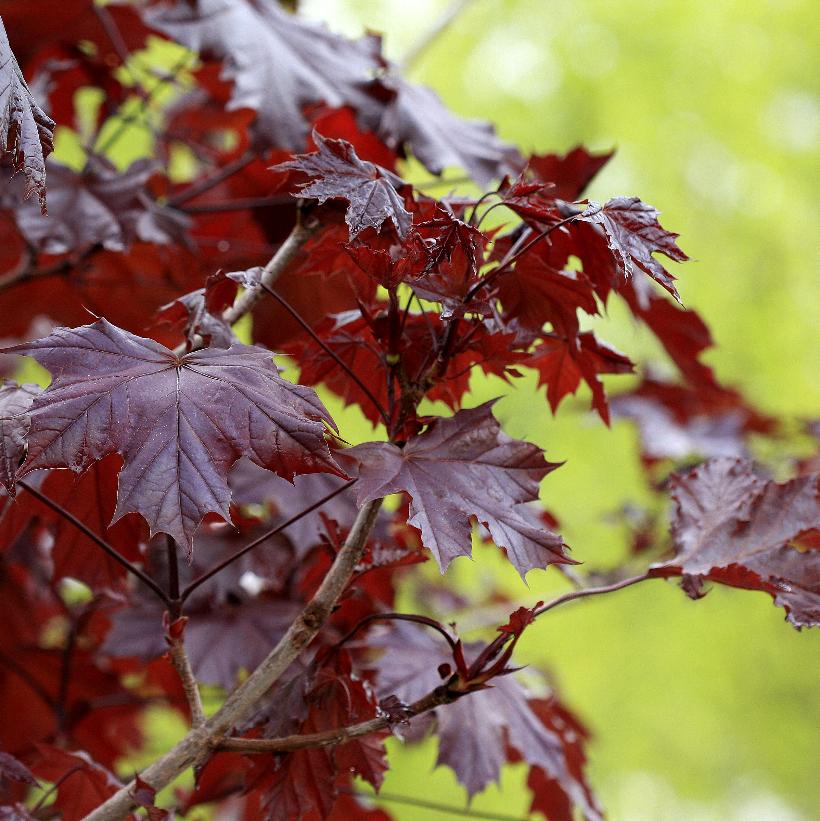
Acer platanoides 'Crimson King' (PP0735) from NVK Nurseries
Majestic, award-winner Acer platanoides 'Crimson King' (Norway Maple) is a vigorous medium-sized deciduous tree prized for its large, rich purplish-crimson leaves that last throughout the summer and its purple fruits. Its oval to rounded, dense crown fills with ornamental clusters of reddish-orange flowers in the spring, just as the leaves emerge.
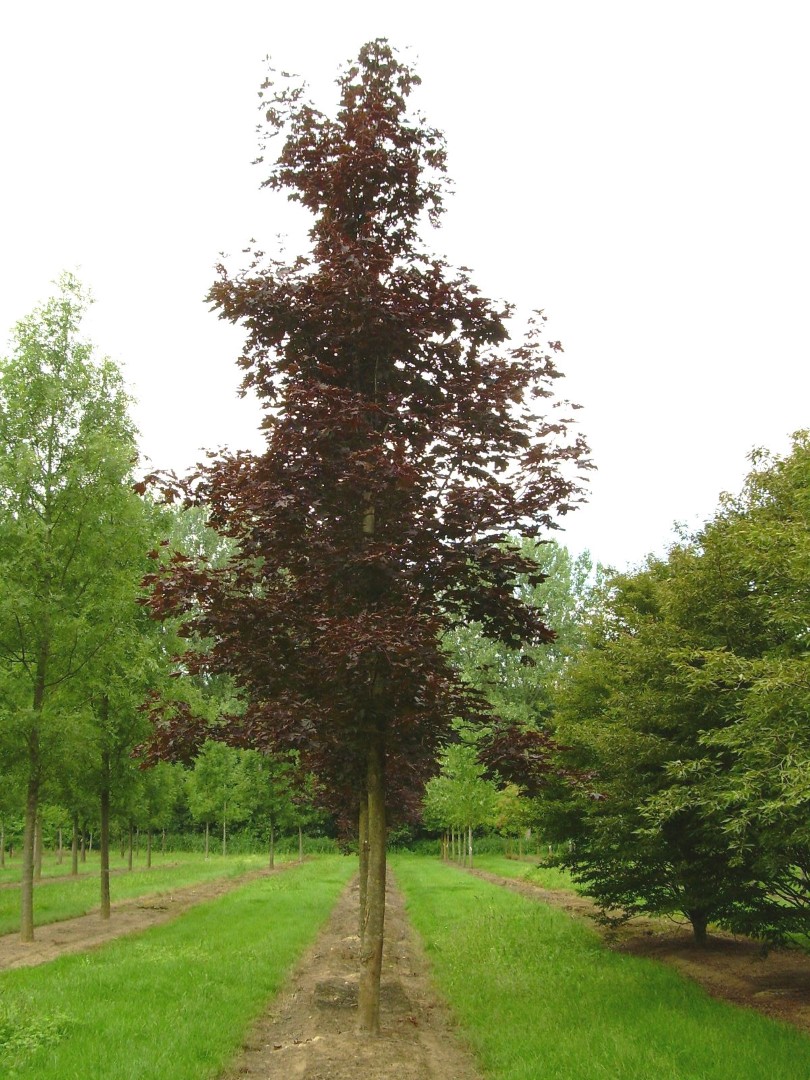
Acer platanoides 'Crimson King' Acer platanoides 'Crimson King' Van den Berk Nurseries
Acer platanoides, commonly known as the Norway maple, is a species of maple native to eastern and central Europe and western Asia,. such as the dark purple of 'Crimson King' and 'Schwedleri', the variegated leaves of 'Drummondii', the light green of 'Emerald Queen', and the deeply divided, feathery leaves of 'Dissectum' and 'Lorbergii'. The.
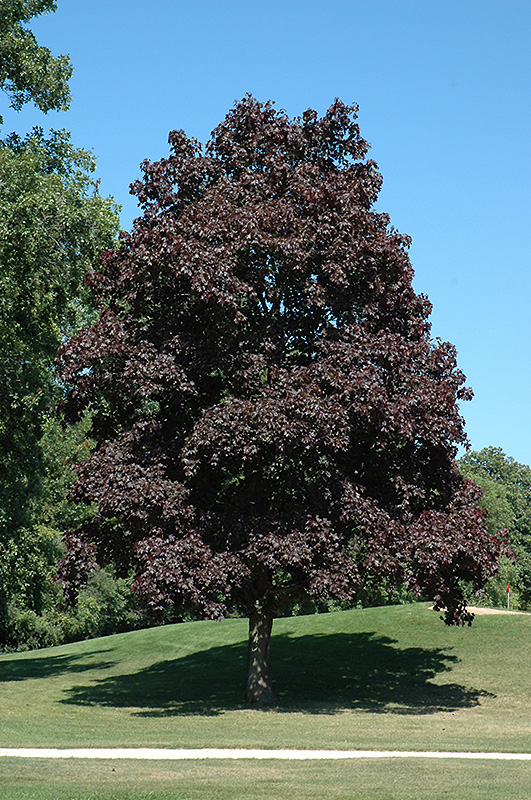
Crimson King Norway Maple (Acer platanoides 'Crimson King') in Edmonton St Albert Sherwood Park
An offspring of 'Crimson King' (Hatch 2018-2020), Acer platanoides 'Conzam' has columnar form with paler foliage than 'Crimson King', being red-purple in spring but becoming duller in summer. It is faster growing than the similar 'Crimson Sentry' (Dirr & Warren 2019). 'Crimson King'
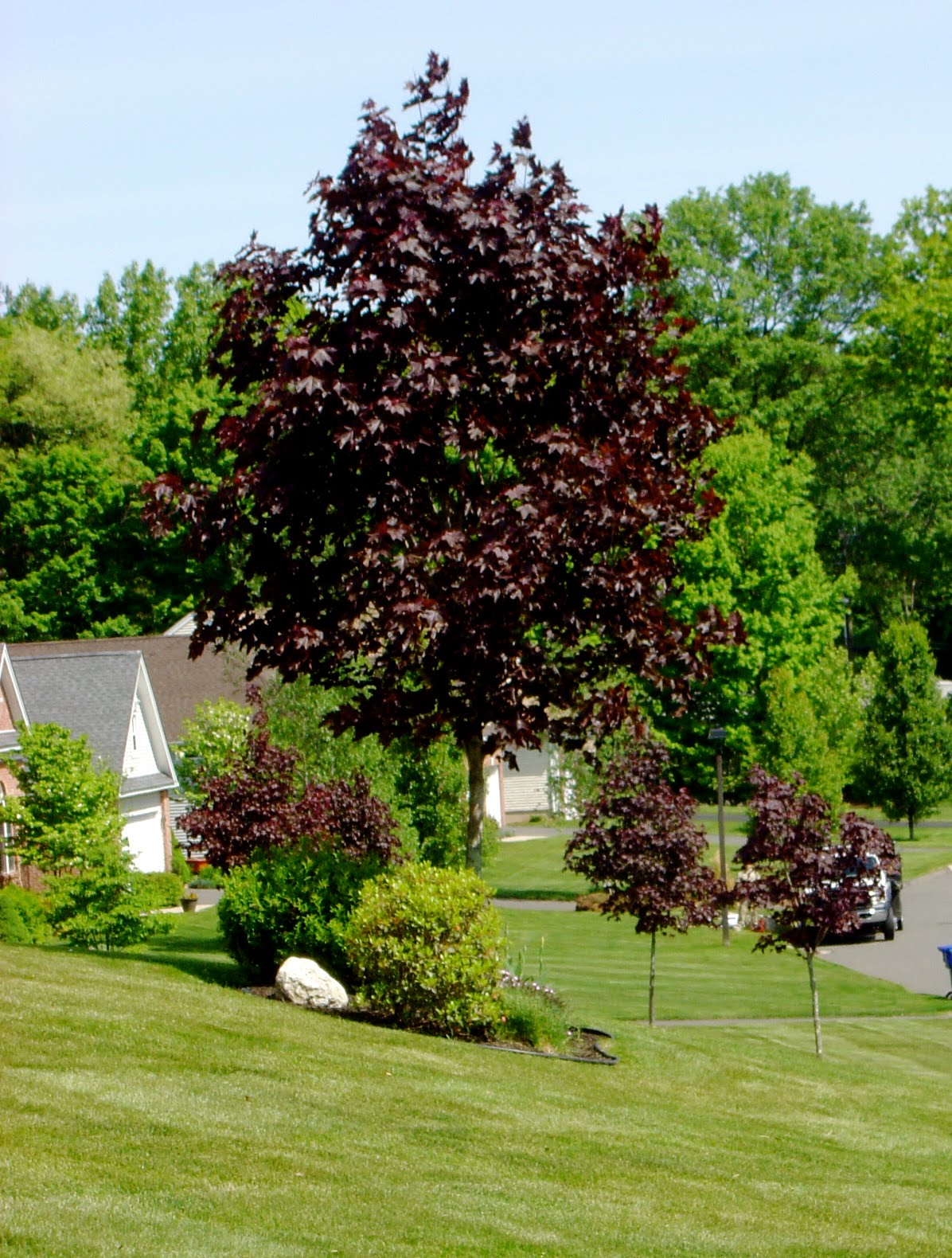
Купить Клен остролистный Кримсон Кинг Acer platanoides Crimson King в питомнике Флорини
Additional Information. Crimson King is a common cultivar used in the industry for its rich maroon foliage throughout the growing season. One of the densest shade trees, widely adaptable to soils and environments, including dry and polluted city conditions. Transplants easily. Extremely dense canopy and shallow root system make it impossible to.

Acer platanoides 'Crimson King' Purple Norway Maple Tree
Schwedleri and became known as 'Crimson King'. Extremely similar cultivars are 'Goldsworthy Purple' and 'Royal Red'. 'Faassen's Black' is also from a 1937 red-leaved seedling of Tips Brothers and introduced to the U.S. about 1954. Its foliage has a more bronzy-brown tinge than 'Crimson King' and a more open form, as if pruned.
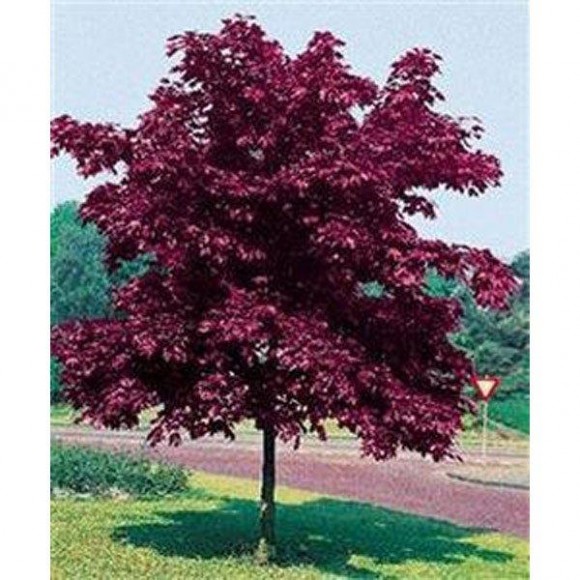
Acer Crimson King Thorpe Trees Thorpe Trees
Crimson King Norway Maple, This bold landscape tree creates dense shade with its large, deeply lobed leaves. The maroon-purple foliage makes a distinctive and d. The maple family holds just two genera with Acer the most well known and named for the old world Latin name for European maples. This large genus contains 200 species of trees and.

"acer crimson king" Trees to plant, Plants, Shade trees
Norway Maple 'Crimson King' (Acer platanoides) Care Guide. Plant in spring or early fall to give plants the best start. Choose a location that will allow roots to spread and branches to grow freely. Space plants far enough from building foundations, walls, and decks so that the growing foliage won't crowd the structure.

Acer Platanoides Crimson King / Érable de Norvège Crimson King Pépinière Dominique Savio
One of the things that makes the Crimson King Norway maple so problematic is how easily it spreads and thrives. That has a lot to do with the fact that it tolerates a wide range of soils. If the soil is fairly average, has medium moisture, and drains well, Acer platanoides 'Crimson King' will thrive. The only soil where it will have a tough.
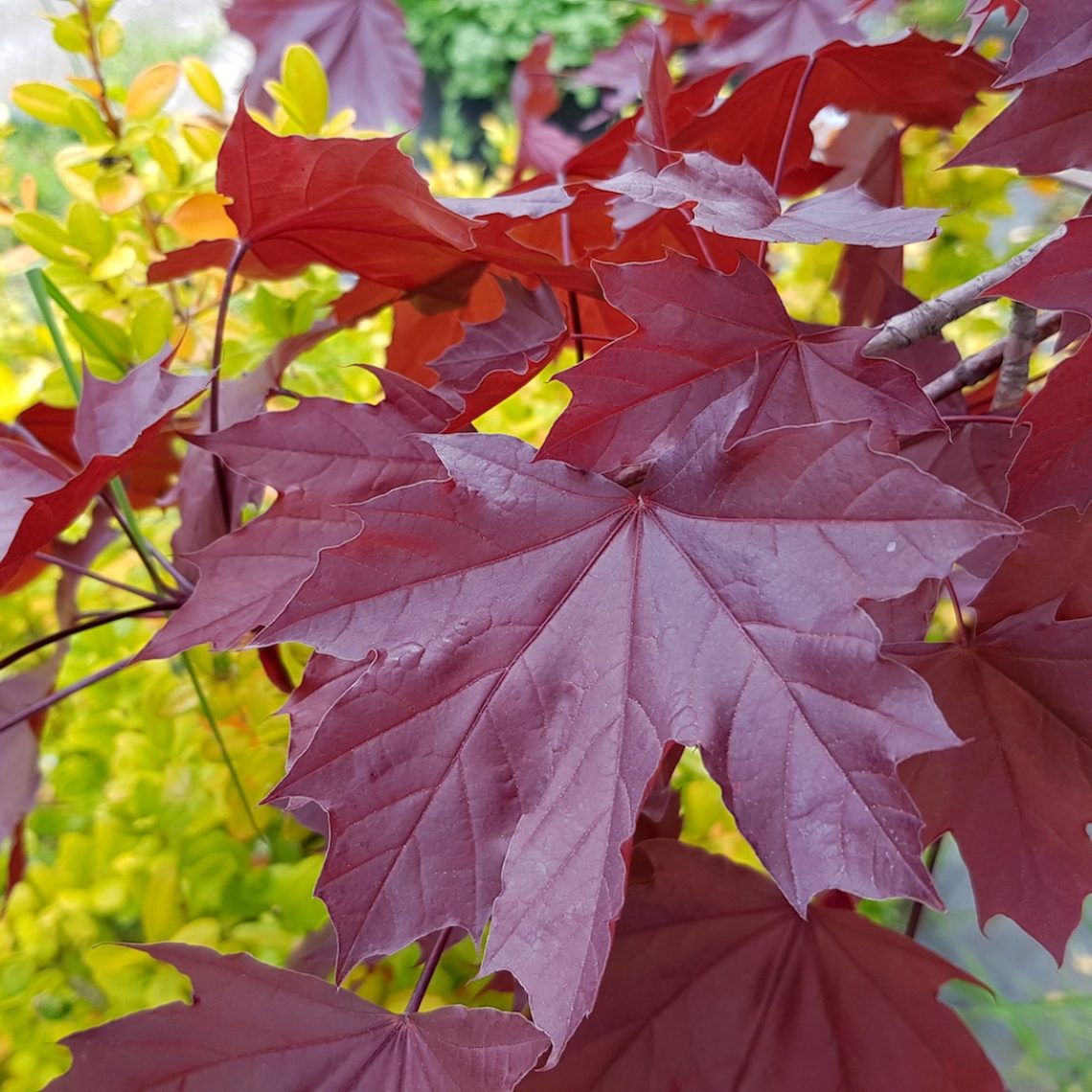
Acer platanoides Crimson King
Acer platanoides'Crimson King' -- 'Crimson King' Norway Maple Page 4 trunk increase in size, the root chokes the trunk. Girdling roots are detected by examining the base of the trunk. The lack of trunk flare at ground level is a symptom. The portion of the trunk above a girdling root does not grow as rapidly as the rest so may be
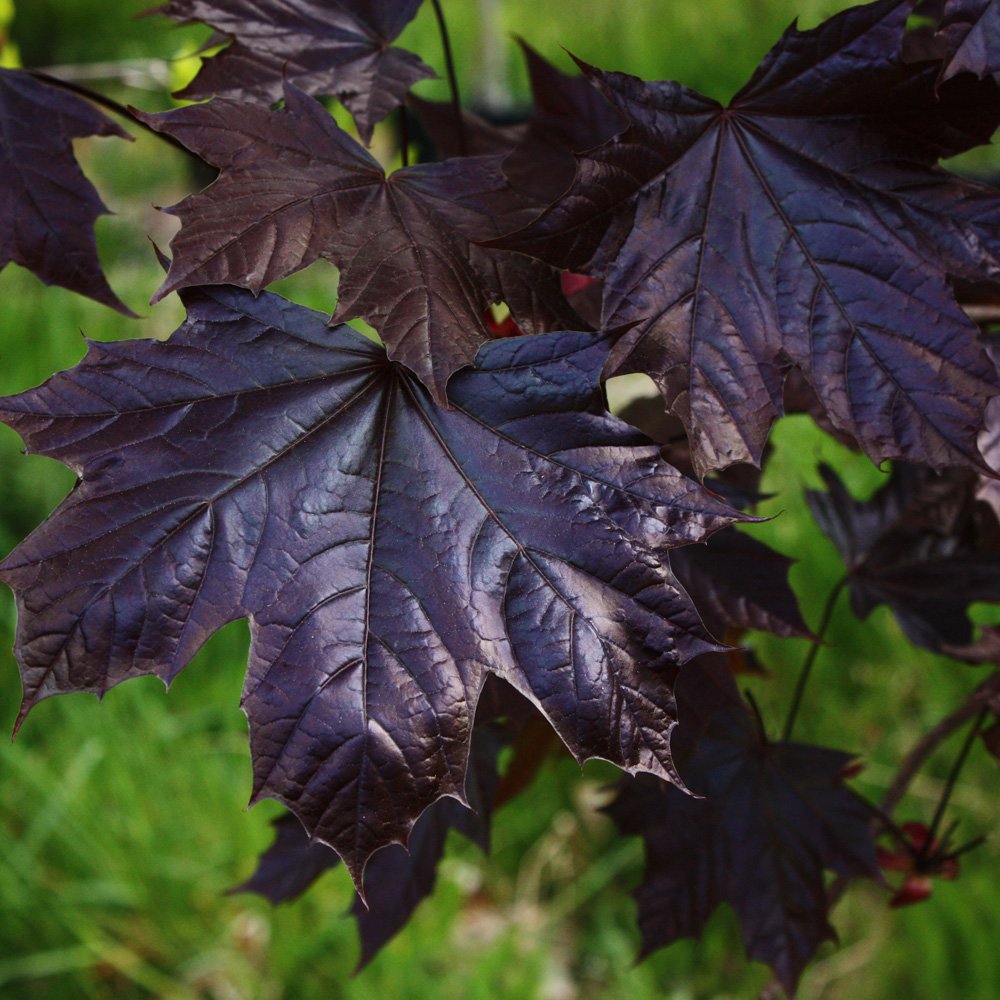
Acer platanoides 'Crimson King' Trees & Specimens Arboretum Garden Centre
Acer platanoides, commonly called Norway maple, is native to Europe. It has been widely planted in urban areas throughout much of the U.S. It is a medium-sized deciduous shade tree typically growing 40-50' tall with a dense, symmetrical, rounded crown.. 'Crimson King' is a red-leaved cultivar which is noted for its rich maroon leaves.
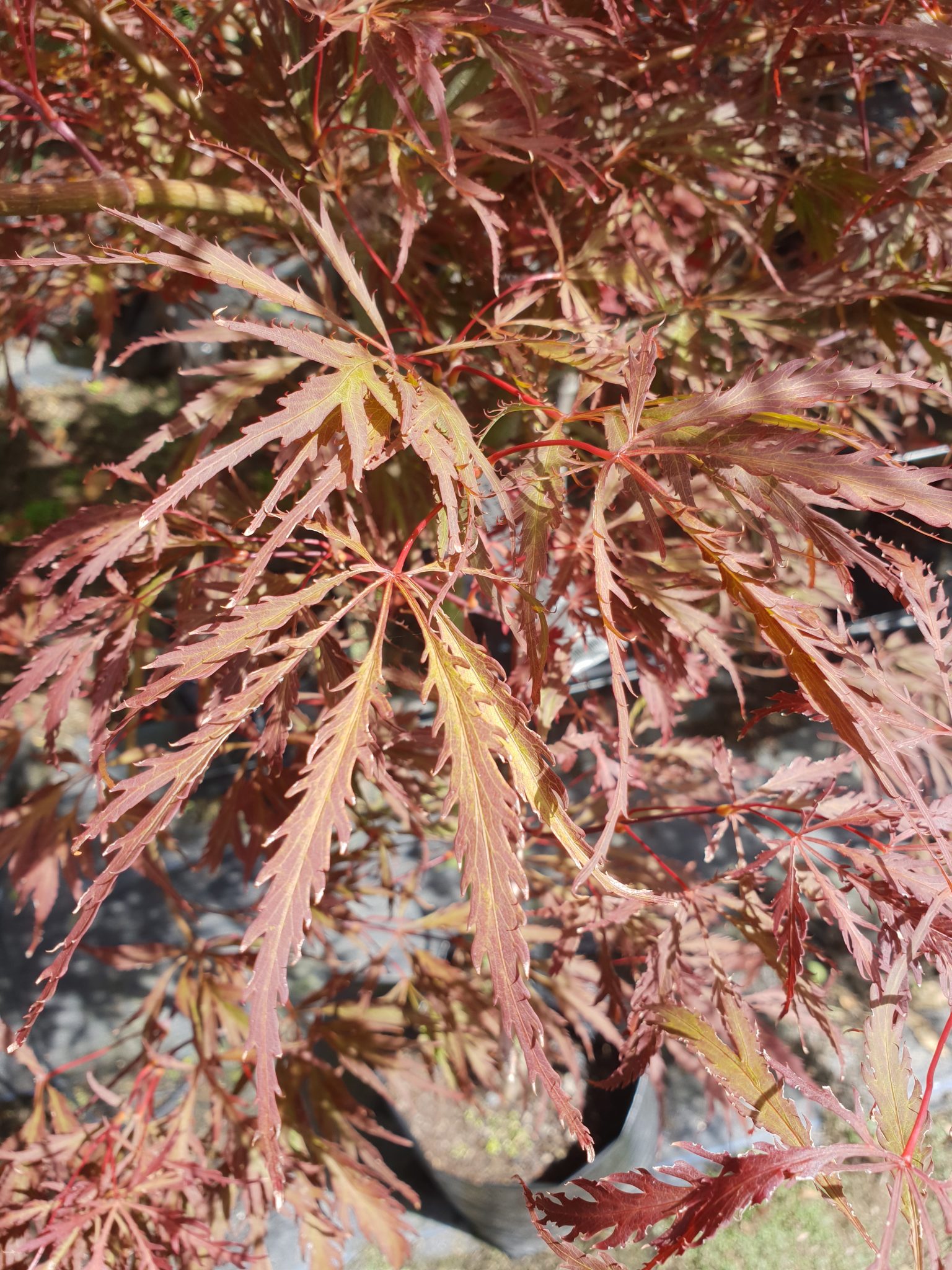
Acer palmatum 'Crimson King' Little Big Tree Company Christchurch New Zealand
Genus. Acer can be deciduous trees or large shrubs with paired, often palmately-lobed leaves and small flowers followed by characteristic winged fruits. Many have fine autumn colour, and some have ornamental stems. Name status. Accepted.

The Crimson King Norway Maple (Acer Platanoides ‘Crimson King’) Care Guide BigBoyPlants
Extended plant information for Acer platanoides 'Crimson King'. Support the HPS by becoming a member and you will also see additional information on this plant (where it exists) such as: Full plant details for those in the Conservation scheme. Details of their hardiness zones or US zone codes. Seed sowing tips.